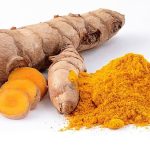High blood pressure, also known as hypertension, is one of the most prevalent diseases globally, affecting 1.13 billion people worldwide. It is also a significant risk factor for leading causes of death, such as heart disease and stroke.
According to the CDC, 45% of American adults have this condition, with only 1 in every 4 having it under control. These go to show the severity of the condition.
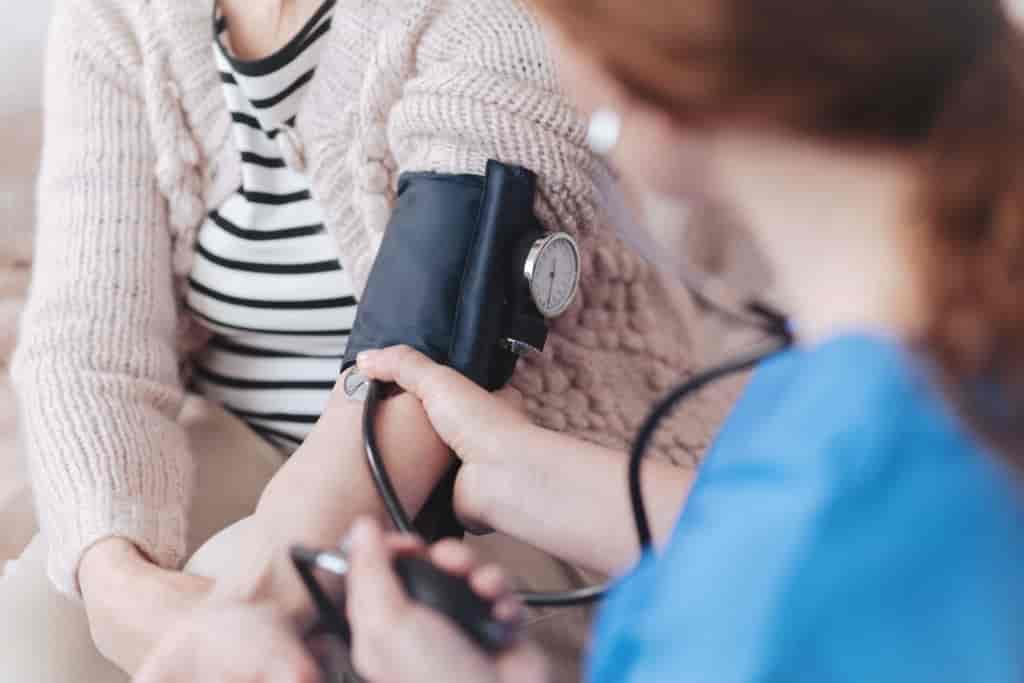
However, by making specific lifestyle changes and avoiding foods high in sodium, sugar, and saturated fats, you can maintain healthy blood pressure.
On the next page, we will look at some of the foods to avoid if you have high blood pressure and their healthier alternatives.
1) Sugar and Salt
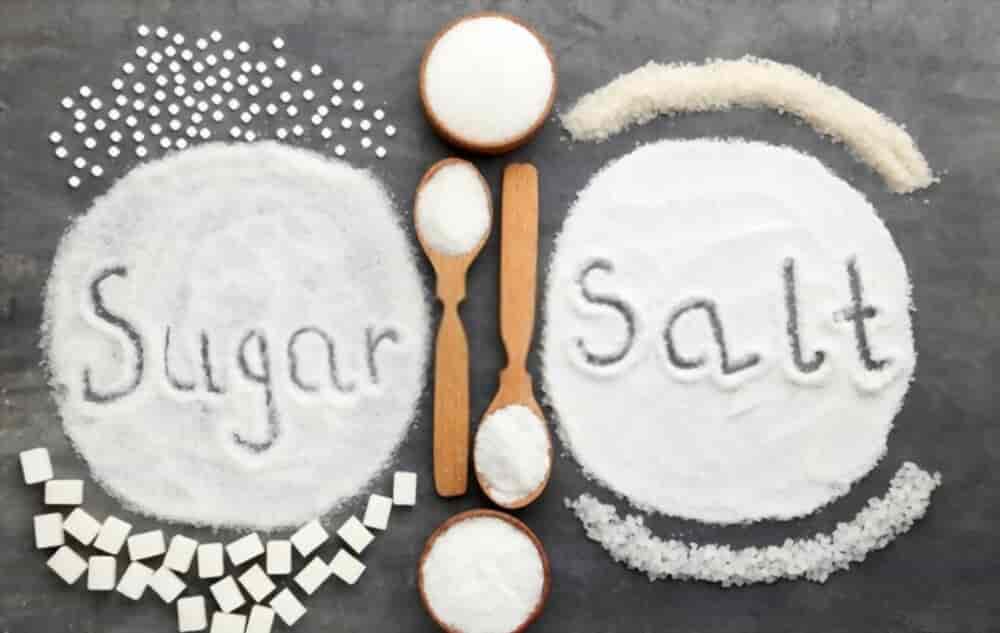
Sugar and salt are among the top risk factors for hypertension. A look into the packaged and fast food ingredients will show meals high in salt and sugar content, which can potentially increase blood pressure levels. These make it difficult to cut down these substances’ intake without avoiding some of our favorite foods altogether.
According to the AHA (American Heart Association), it is recommended to consume no more than 2,300 milligrams (mg) of sodium – 1 teaspoon of salt – each day. Since most of the average American sodium consumed comes from processed food rather than table salt, you need to double-check the sodium percentage on packaged food labels before eating. You also need to watch out for foods without labels like bread, rolls, and pizza.
For sugar, the AHA recommends a maximum daily consumption of 25 grams – 6 teaspoons – for women and 36 grams – 9 teaspoons – for men.
Ultimately, the best way to reduce your salt and sugar intake is to eat whole meals that are prepared fresh at home.
2) Canned Beans
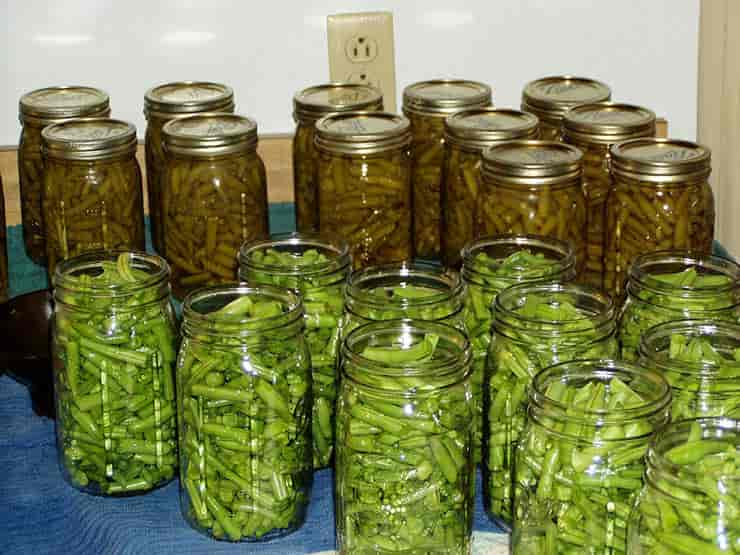
Beans are primary sources of protein and highly rich in vitamins and minerals, and fiber. But that is not the case with canned beans, which like other canned products, are high in sodium content, used as preservatives to increase the food shelf life.
If you choose to purchase canned beans, it’s best to rinse the beans in a colander under running water to reduce the sodium content.
3) Canned Soups
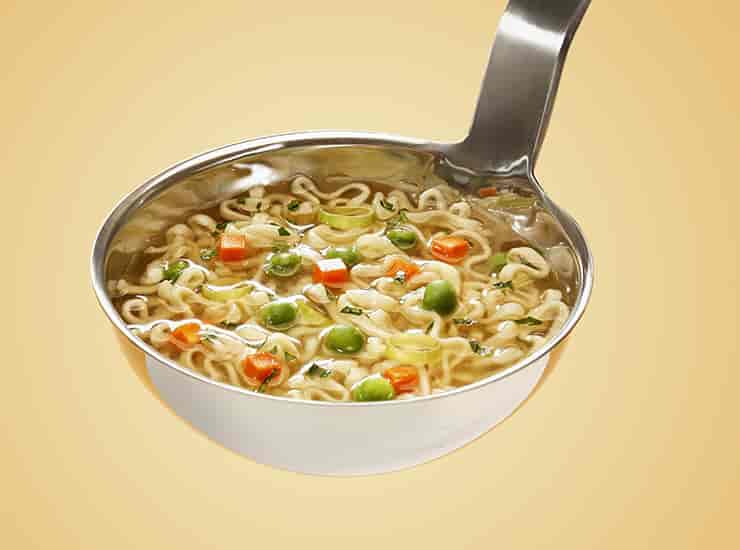
Similar to canned beans, canned soups, which are premade soups, are also high in sodium. The sodium content helps to preserve the meal and improve the taste and flavor of the ingredients. On average, a can of tomato soup contains 1,110 mg of sodium and 2,140 mg for a can of chicken and vegetable soup. Reducing sodium levels before eating is not possible since you cannot rinse soup.
It’s best to either cook your soup at home from fresh ingredients or buy ones with low- or reduced-sodium labels. You should also check the nutrition facts on the back to see if the amount of sodium in the soup is right for you.
4) Cooked Tomato Products
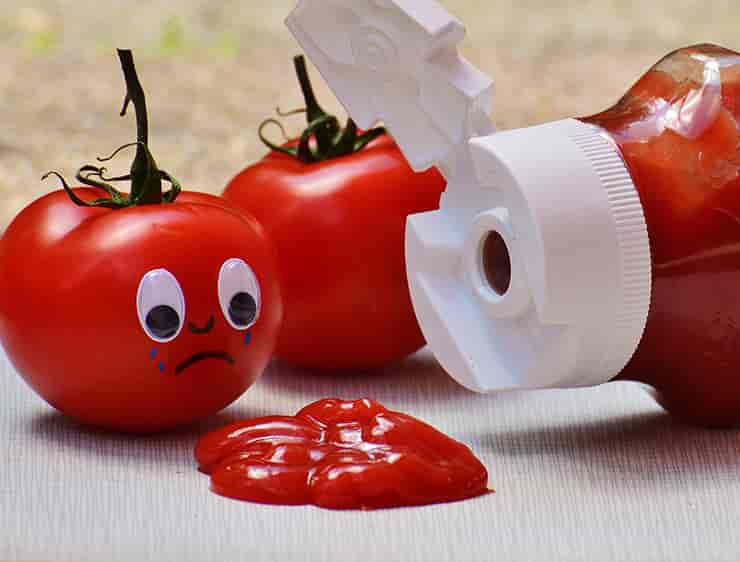
Cooked tomato products, such as pasta sauces, tomato juices, and tomato sauces, contain a high sodium level due to the need to bring out the natural flavor of the tomatoes. The reason behind that can be traced to the harvesting stage, where firmer, less ripe tomatoes are chosen over the ripe, juicy ones to withstand shipping.
To overcome the bland taste, manufacturers add a high amount of salt in tomato sauce, ketchup, and tomato paste. In one serving of marinara sauce, you will find 566 mg of sodium, and one cup of tomato juice contains 615 mg.
Making your own tomato sauces using fresh tomatoes and other ingredients will give you a better with a fraction of the salt and improve your heart health.
5) Packaged and Processed Meats
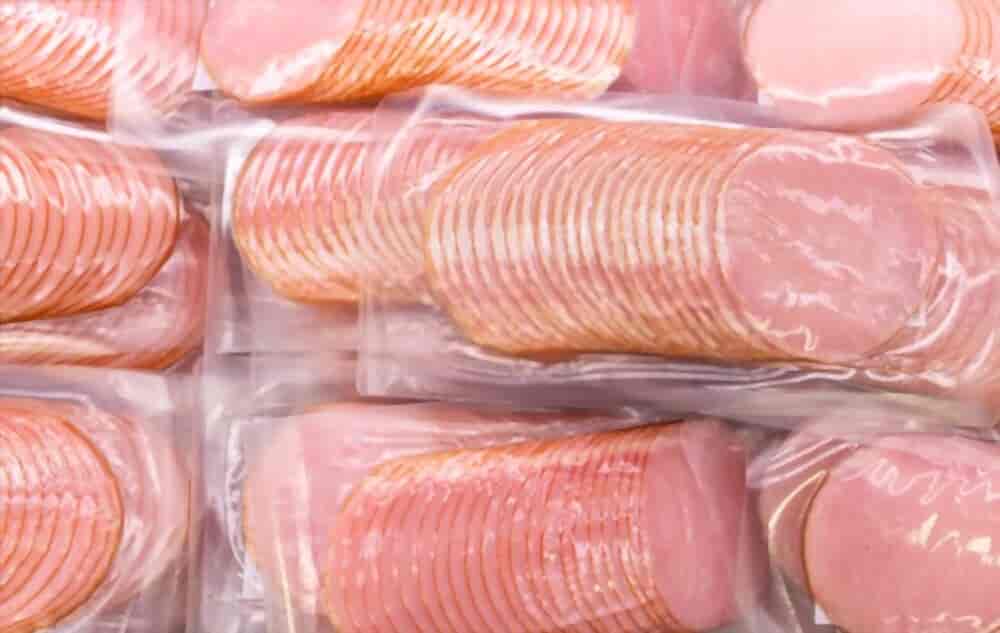
Packaged and processed meats are another food that contains a high level of sodium due to the added salt used by the manufacturers to cure, season, and preserve them. These include sausages, lunchmeat, bacon, and hot dogs. Besides, a high intake of red meat is not suitable for your health as it has been linked to diseases such as cancer, diabetes, and heart disease. Packaged turkey or chicken are also bound to contain high sodium content.
Eat only lean white meat that is bought fresh directly from a butcher instead of the packaged ones.
6) Frozen Meals
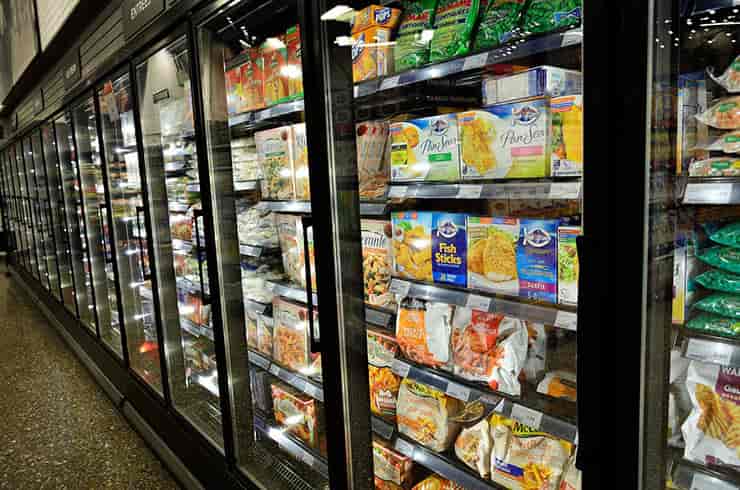
Frozen meals, such as pizza, are unhealthy as they contain a very high level of sodium and rich in saturated fat and sugar. For example, a cooked 12-inch frozen pepperoni pizza contains 3,140 mg of sodium, 840 mg above the recommended daily limit of 2,300 mg. The ingredients are also not fresh from the source but preserved with a lot of salt. This combination will not only increase your blood pressure but also lead to heart diseases.
Stick to eating homemade pizza using homemade dough and ingredients low in sodium. If you must eat frozen pizza, buy the ones that come with a low-sodium label.
7) Candy
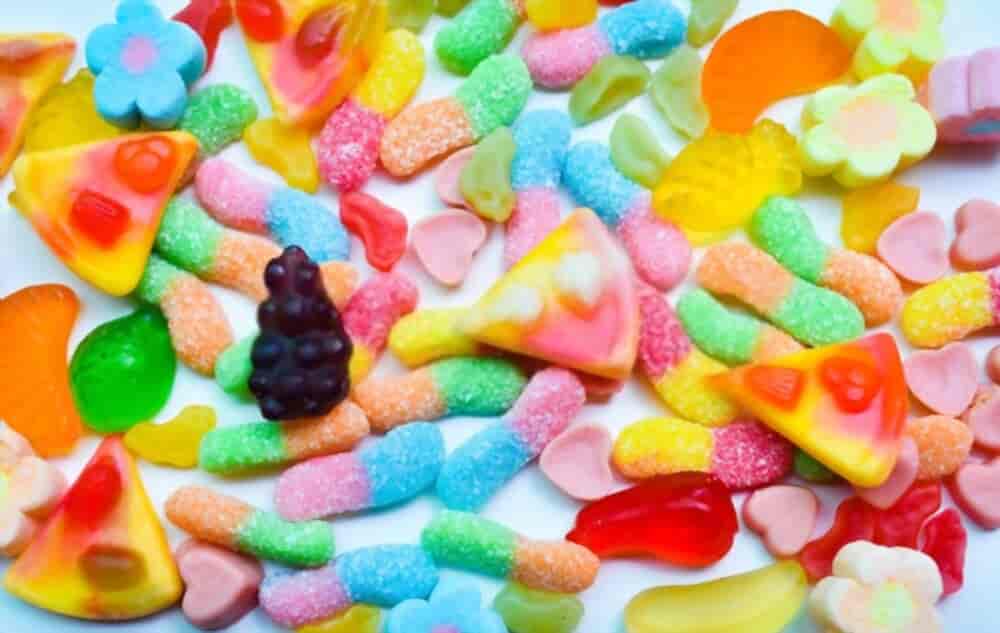
Candy is primarily added sugar, which offers no nutritional benefits and only gives you energy highs and lows. These surges and falls in energy levels will only leave you exhausted and demotivated to work. Consuming too many candies can also lead to weight gain and expose you to heart disease risk.
Instead of candy, go for fruits, which contain natural sugar that is beneficial to you. They also contain healthy fiber, vitamins, and minerals. Potassium-rich fruits like bananas are good for hypertensive people and can help in reducing their blood pressure.
8) Soft Drinks
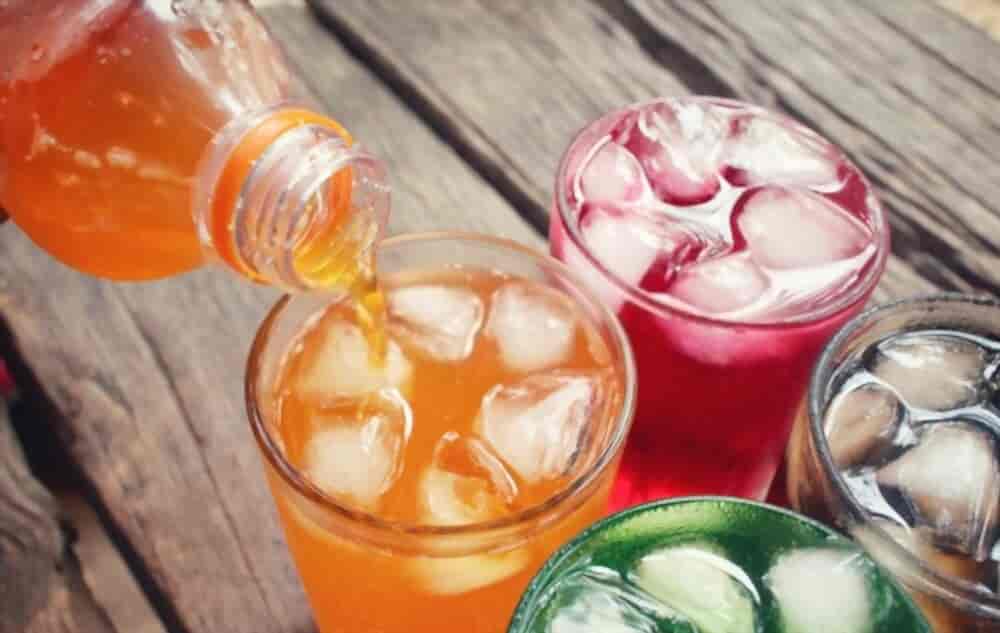
Sodas are as high in added sugar as candy and provide you with no nutritional value aside from a boost in energy. They can cause you to overconsume sugar as the calories they deliver won’t make you feel as full as the calories in foods. That means you can take more than the recommended daily sugar consumption and still not feel anything. This can lead to weight gain and eventually cardiovascular problems, including high blood pressure.
A combination of fresh water and a splash of fruit juice or a sprig of mint will provide you with more energy boost than sodas, even though you might not feel the hit.
9) Sauces

In the case the sauces contain a low amount of sodium, they are packed with high sugar content. That applies to all sauces and condiments worldwide, including America, India, Italy, and Mexico. The manufacturers can either choose to go big on salt and low on sugar or add a high amount of sugar and go low on salt.
So, you need to double-check the canned sauces label before purchasing them. To be on the safe side, simply cook your soup at home using fresh tomatoes, vegetables, and choice herbs.
All in all, the best way you can avoid consuming high levels of sugar and salt is to eat only home-cooked food. Fortunately, manufacturers and restaurants are adjusting to the increased demand for healthier meals by customers and are reinventing their ingredient sourcing process. Thus, through some research, you may be able to find a healthy alternative to homecooked meals. However, changing your salt and sugar consumption will mostly depend on you and requires discipline.



